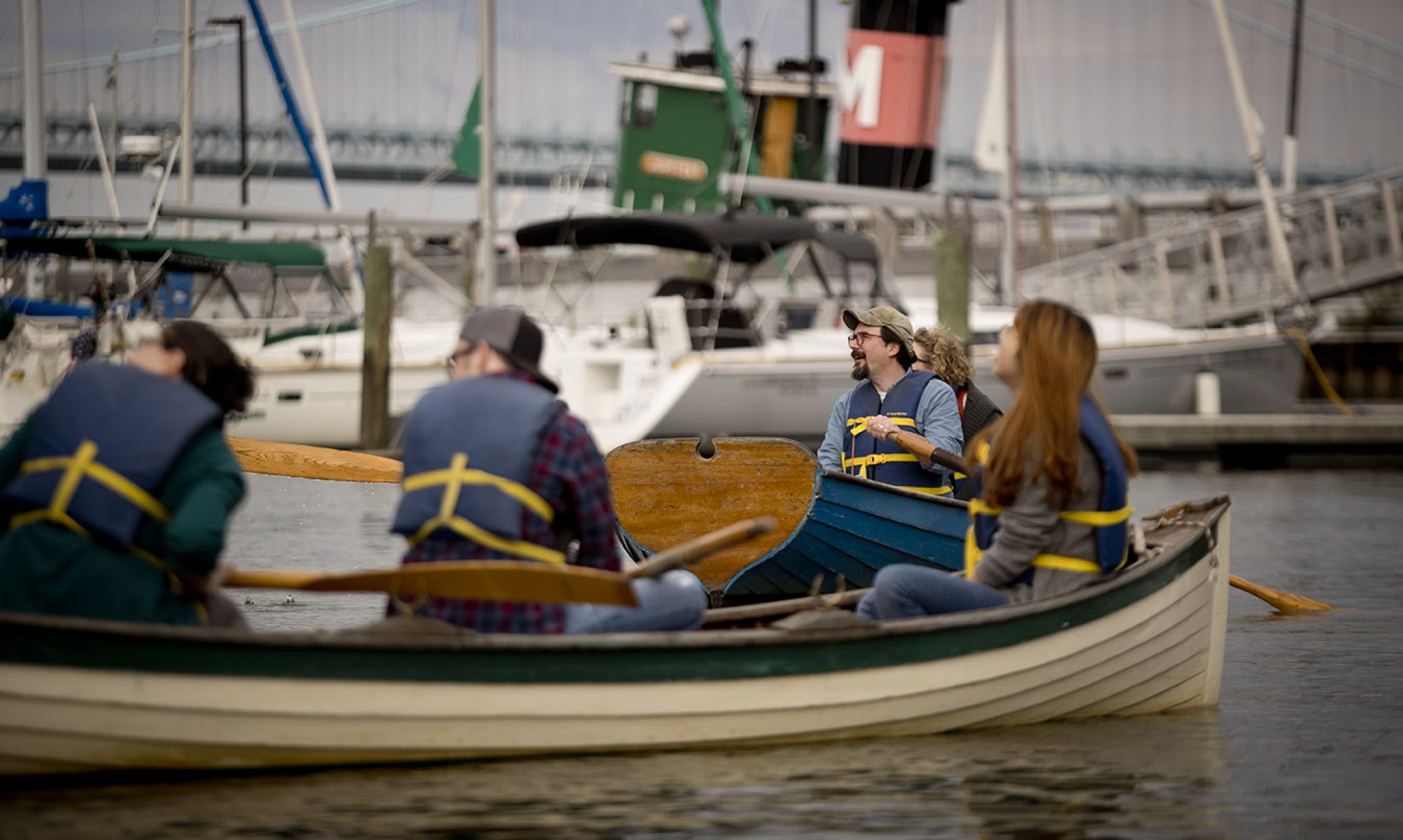The Philadelphia History Museum’s story is a complicated one, more so than I can even begin to know. There are, however, a few things I do know for sure:
* Any museum–even a bad one–can survive so long as it has enough expertise, passion, and money. That the PHM is failing indicates that it is deficient in one or more of those areas.
* The city is bound, partially by law and entirely by tradition, to ensure that the PHM has enough expertise, passion, and money. PHM’s failure indicates that the city has decided not to hold up its end of the deal. Mayor Kenney owns that decision.
* PHM’s demise is no surprise. Its struggles during the last decade are well known among Philadelphia’s museum set. That others are only now getting the message, evidenced for instance by the Inquirer’s July 2 editorial, is an unfortunate index of how little most of us know about Philadelphia’s nonprofit cultural institutions and their struggles.
The possibility of PHM’s collapse worries me a great deal. Fussy though they may be, Philadelphia’s cultural institutions–especially those like PHM that steward collections– together constitute a fragile ecosystem (as Ken Finkel put it in another recent Inquirer editorial). Just one rotten leaf can signal trouble at the root. I worry about the PHM because I worry about what its fate portends for the rest of us.
Consider for a moment that the PHM is lacking expertise, money, and/or passion in a city that:
* Is home to scads of top-shelf historians, and no less than three world-class university programs in public history, museum studies, and museum leadership. Philadelphia has plenty of expertise.
* Is home to museums, historic sites, and exhibit designers that have, in recent years, won some of the most prestigious awards in our field. Our city is an incubator for the most innovative public history practice in the country. Philadelphia has plenty of passion.
* Is home to donors, philanthropists, and grant makers who pay out millions of dollars to all manner of public and private (though mostly private) historical endeavors. Philadelphia has plenty of money.
It seems that the PHM is starving in the pantry. How is it possible? Why is it that the city can’t connect its history museum with resources that are literally at PHM’s doorstep? How can it be that this inexpensive museum struggles along while massive new multi-million-dollar museums—the National Museum of American Jewish History (2010), the new Barnes Foundation gallery (2012), the Museum of the American Revolution (2017)—grab headlines. The Museum of the American Revolution alone cost $120 million. The PHM runs Philadelphia about $300,000 a year.
Much of the problem, of course, owes to the flow of capital. Amid decades-long declines in public funding for arts and culture, museums that can’t tap deep pockets must endure the crushing rhythm of annual grant cycles. Getting grants is hard, and eats into the core resources needed to keep a small museum on its feet. And yet, tapping deep pockets might be even more limiting insomuch as it requires doing history that rich folks get excited about. We know what museums that follow this path are like: big buildings, pricey tickets, privileged vacationers strolling the exhibits, working people of color relegated to custodial crews and café registers. This is not the kind of heritage infrastructure that does justice to Philadelphia’s rich and difficult past.
I am sure that other private-money schemes for PHM are already being bandied about now that the Temple deal has collapsed. My greatest fear is that one of these will work, and that the public face of Philadelphia’s past will get tied up in private interests. Private funding doesn’t guarantee bad history, but it usually guarantees limited perspective and it most certainly will undermine any legitimate efforts among PHM staff to share curatorial authority with the people who actually make Philadelphia history: Philadelphians.
That said, as it’s unfolding right now, the conversation regarding PHM is run through with privilege and unexamined assumptions about power and entitlement. I want the Mayor to keep PHM alive, but I also want us to think hard about how history can be deployed in the service of all Philadelphians. I’m reminded of the Philadelphia Moving Past Project, sponsored in 1982 by Penn’s Philadelphia Social History Project, which sought amid the celebratory hubbub of the city’s tercentennial to equip Philadelphians with the historical skills necessary to resist detrimental policies right here in our own neighborhoods. Imagine a PHM retooled for that purpose today: a public training space for active citizenship, staffed by a rotating network of passionate experts drawn from all across the city. Here is where we and the Mayor could come for historical crib notes on all the key issues facing Philadelphians today: immigration, police violence, homelessness, etc., and etc. and etc. Private museums won’t provide that service, at least not for everyone equally. Universities are too concerned with stadiums and prestige.
Mayor Kenney, however, has the power to make PHM a vital third space. It will take expertise, passion, and money. We’ve got all of that in Philly. But do we have the leadership?
